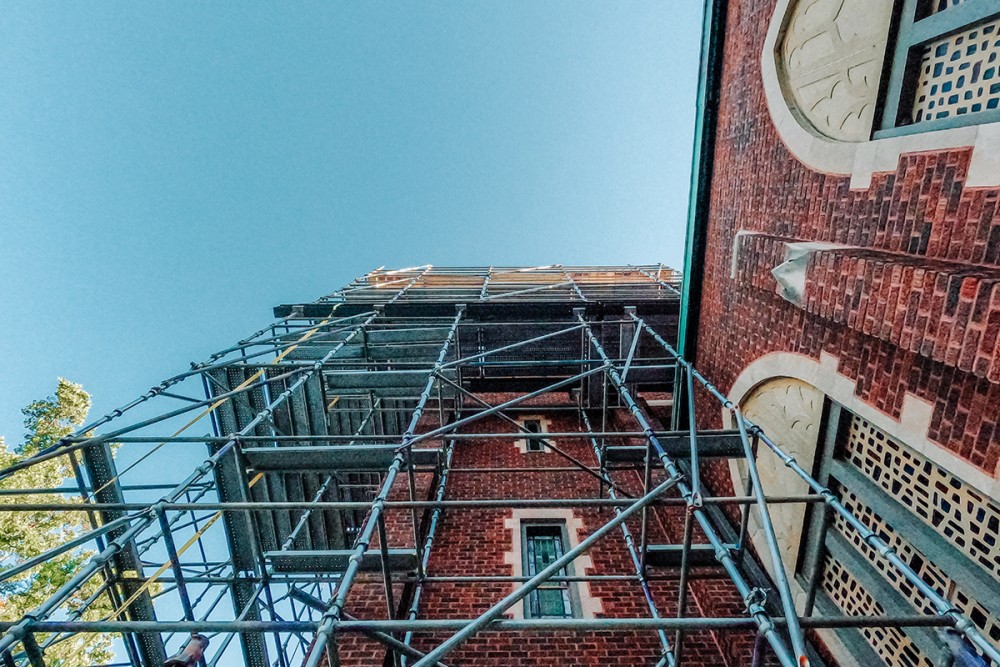A church undergoes structural change
The ELCA is about to gather for a national assembly. There are friends trying to dig through the roof to open a way for those who have been left out.

The sledgehammer breaking down walls outside the office wrecks my plans for the morning. Mercifully it stops. Then the jackhammers double down. Such is life in a construction zone.
In the 1950s, a pastor built a projection booth in our church basement, optimistically called “the undercroft.” Decades later, the booth became a food pantry. Now the structure is being demolished to provide room for new and accessible bathrooms while our former bathrooms become an enlarged pantry.
The entire undercroft is in the throes of a gut renovation. Down comes a stage to create more space for shelter beds, along with new windows, doors, floors and a sprinkler system. It looked amazing on paper, but the architectural plans don’t say anything about workers breaking a city water main or three months of work stretched to nine months of chaos in a building that needs to continue to function, providing shelter for queer young people who are now displaced again, having to move upstairs to the sanctuary during construction. Dust rises like toxic incense filling the sanctuary air.




